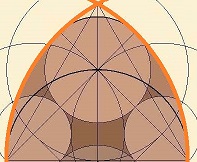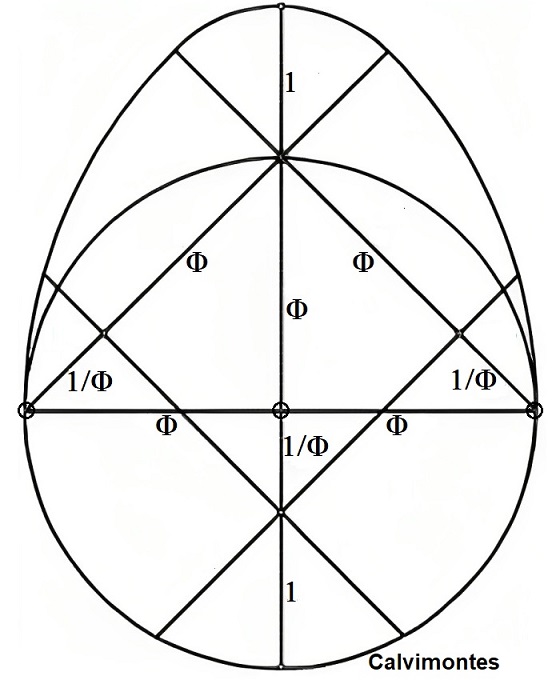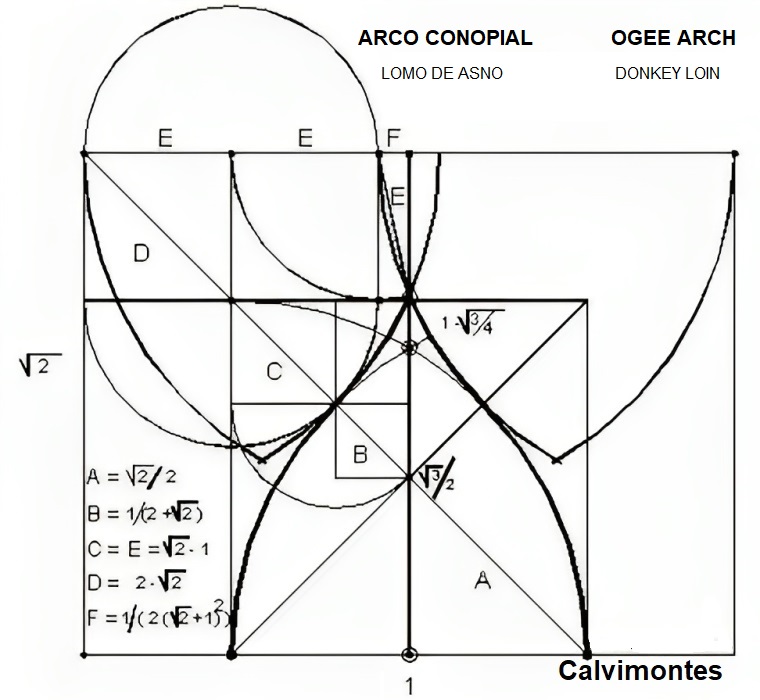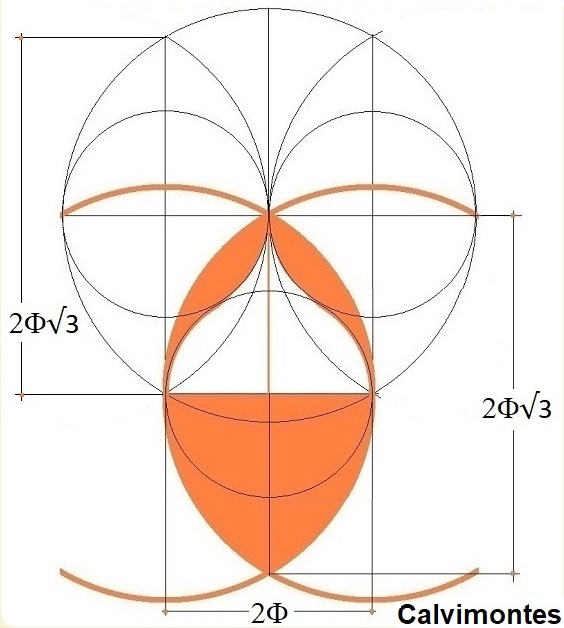 LOS PRIMEROS ARCOS APUNTADOS EN EUROPA
LOS PRIMEROS ARCOS APUNTADOS EN EUROPA
 LOS PRIMEROS ARCOS APUNTADOS EN EUROPA
LOS PRIMEROS ARCOS APUNTADOS EN EUROPA
Carlos Calvimontes Rojas
El más importante medio en su área durante más de dos décadas fue Nexus
Network Journal – Architecture and Mathematics.

Inició sus publicaciones en 1999 y en 2023 concluyó su administración
independiente —pasando a formar parte de un conglomerado de publicaciones de
ciencia y cultura—. Sus publicaciones estaban dirigidas a investigadores y
profesionales dedicados al estudio de la aplicación de principios matemáticos al
diseño arquitectónico. En una veintena de oportunidades hizo consultas sobre
diferentes temas, que fueron motivo de respuestas, comentarios y discusiones,
siendo la última la de diciembre de 2001 con el siguiente contexto “El primer
arco apuntado en Europa parece haber aparecido en Sicilia alrededor de 1130,
donde hasta 1090 no los había. Habiendo la primera cruzada ocurrido en 1099, se
puede pensar que los arcos apuntados fueron llevados a Europa después de esas
campañas militares en el de Oriente Próximo” Tras muchos comentarios sin
mayor aporte y sin ningún gráfico, expresé lo que muestro, acompañado de los
gráficos, en la que fue la última respuesta y dio por terminado el tratamiento
del tema.
It is very difficult and improbable that any architectonic work can be
demonstrated with complete certainty to be, mainly based on it its form and
structure, the first one of its types in any part of the world. In a determined
place, or simultaneously on several sites, when the man reaches new levels of
maturity in his ability to construct, according to the resources available for
him, he produces solutions to the main architectonic problem: cover a space. In
his best achievements, man has found those solutions that meet conditions of
architectonic beauty, constructive ease, conservation of materials and good
structural quality, with only the geometry of the compass and by repeating the
perfect forms of nature. The best pointed arch (with an inscribed equilateral
triangle) has the geometry of the egg, which, being ruled by the Golden Number
(accompanied by the number 3), determines a form that meets such conditions due
to its being a system of great stability because of the harmony between its
parts. The use in architecture of the geometric regularity of the bird's egg, in
its paradigmatic form, besides satisfying aesthetical, constructive, and
economic conditions, allows the thrusts to be transmitted to the ground more
directly and with minimal lateral efforts. I propose to see the figures below
about that geometry. Of the various forms of ogee arches, which and where was
first used in Europe? Could it be the Moorish arch called “donkey's back”, based
on the pointed arch?
 |
 |
 |
